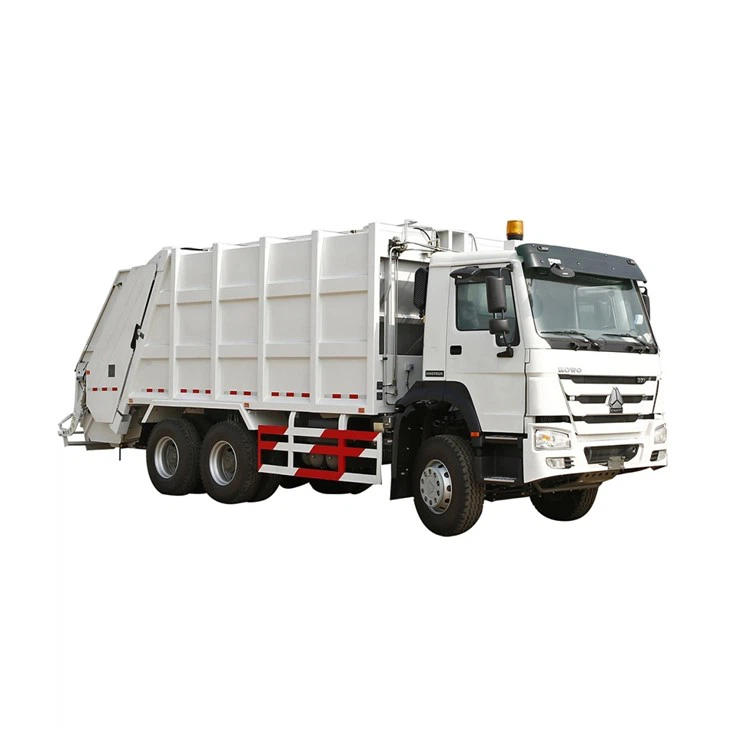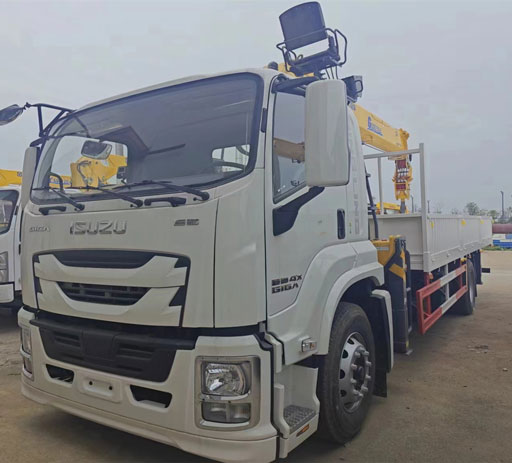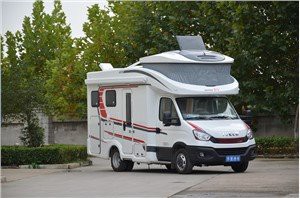Understanding Trash Truck Rear Loaders: An In-Depth Guide

Trash truck rear loaders are an essential part of waste management in urban areas. This article will provide a comprehensive overview of rear loaders, their operation, benefits, and considerations for municipalities. We will discuss various aspects, including maintenance, design, and safety features, to give you a complete understanding of this vital equipment.
What is a Trash Truck Rear Loader?
A trash truck rear loader is a type of garbage collection vehicle designed to pick up and compact waste from residential and commercial areas. These trucks have a distinctive design where the loading mechanism is located at the rear, allowing for efficient collection and compaction of refuse. They typically feature a hydraulic lift system and a refuse hopper to streamline waste collection.
How Does a Rear Loader Work?
Rear loaders operate using a simple yet effective mechanism. Waste is collected in bins or bags, which are either manually loaded or lifted mechanically by the truck’s hydraulic system. Here’s a step-by-step breakdown of the process:
- The truck positions itself next to the waste bins.
- Operators use the hydraulic lift to raise the bins and dump their contents into the rear hopper.
- The compaction system compresses the waste to maximize space within the truck.
- The truck proceeds to the next stop, repeating the process.
Benefits of Using Rear Loaders
1. Increased Efficiency
Rear loaders increase efficiency in waste collection. They can service multiple stops within a short time, leading to reduced labor costs and fuel consumption.
2. Enhanced Safety
With rear loaders, waste collection crews work from the back of the truck, minimizing the risk of accidents associated with moving vehicles. The design allows for safer operations around traffic.
3. Compacting Ability
The compaction feature enables these trucks to carry more waste compared to other types. This results in fewer trips to disposal sites, saving time and operational costs.
4. Versatility
Rear loaders can handle various types of waste, from residential garbage to commercial refuse, making them a versatile choice for many municipalities.
Types of Rear Loaders
1. Standard Rear Loaders
These are the most common type of rear loader trucks used for residential garbage collection. They often have a smaller capacity suited for typical household waste.
2. Multi-Compartment Rear Loaders
These trucks are designed to collect different types of waste (e.g., recyclables and organic waste) simultaneously. They have separate compartments that allow for the segregation of waste during transport.
3. Automated Rear Loaders
Equipped with advanced technology, automated rear loaders can lift and empty bins without manual intervention, increasing operational efficiency and reducing labor costs.
Key Features of Trash Truck Rear Loaders
1. Hydraulic Lift System
The hydraulic lift system is crucial for loading waste into the truck. It allows for quick and efficient operation while minimizing the physical strain on operators.
2. Compaction System
The compaction system compresses the waste, maximizing cargo capacity and preventing spillage during transport.
3. Safety and Ergonomics
Modern rear loaders are designed with operator safety in mind. Features such as non-slip steps, graspable handlebars, and clear visibility all contribute to safer operation.
4. GPS and Route Optimization

Many new rear loaders come equipped with GPS systems that help optimize collection routes, improving efficiency and reducing operational costs.
Maintenance of Trash Truck Rear Loaders
1. Regular Inspections
Regular inspections are vital to ensure that the truck is functioning properly and safely. Crews should check the hydraulic system, compaction mechanism, and overall truck condition frequently.
2. Scheduled Maintenance

Setting up a scheduled maintenance program can help prevent unexpected breakdowns. This includes oil changes, filter replacements, and brake checks.
3. Cleaning

Keeping the truck clean helps prevent odors and pest issues. It is essential to regularly wash and sanitize the hopper and compaction area.
4. Training for Operators
Properly training operators on safety procedures and maintenance practices can extend the life of the truck and reduce accidents and damages.
Environmental Impact of Rear Loaders
1. Reduced Carbon Footprint
Thanks to their efficiency and ability to compact waste, rear loaders contribute to a lower carbon footprint for waste collection operations.
2. Separation of Recyclable Materials
Multi-compartment rear loaders are especially useful in promoting recycling by allowing the separation of waste types during collection.
Comparing Rear Loaders with Other Types of Trash Trucks
1. Front Loaders
Front loaders have a different design, allowing them to pick up large dumpsters. However, they require more space and may not be suitable for residential areas. Rear loaders excel in tight spaces, making them better for neighborhoods.
2. Side Loaders
Side loaders automate the collection process and can operate with fewer crew members. However, rear loaders are often favored for their reliability and versatility, especially in diverse urban environments.
Cost Considerations for Rear Loaders
The cost of trash truck rear loaders can vary based on size, model, and features. Below is a simplified analysis of different cost factors:
| Cost Factor | Description | Estimated Cost (USD) |
|---|---|---|
| Base Model | Standard rear loader truck | 200,000 – 250,000 |
| Enhanced Features | Roof-mounted cameras, GPS, etc. | 50,000 – 100,000 |
| Maintenance Costs | Annual maintenance and repairs | 10,000 – 20,000 |
FAQs about Trash Truck Rear Loaders
1. What is the average lifespan of a rear loader truck?
The average lifespan of a rear loader is around 10 to 15 years, depending on care and usage.
2. How does the compaction system work?
The compaction system uses hydraulic force to compress waste into a smaller volume, allowing for more efficient transport.
3. Are rear loaders environmentally friendly?
Yes, rear loaders are designed to reduce emissions and improve waste management efficiency, contributing to a greener environment.
4. Can rear loaders pick up large dumpsters?
While rear loaders are capable of handling various types of waste, they are not designed to pick up large dumpsters. Front loader trucks are more suitable for that purpose.
5. How do municipalities decide between different types of garbage trucks?
Municipalities consider factors such as budget, route density, types of waste to be collected, and operational efficiency when choosing a garbage truck.
6. What should I look for in a trash truck rear loader?
Key factors include the truck’s capacity, ease of operation, safety features, and the technology used for route optimization and maintenance.
